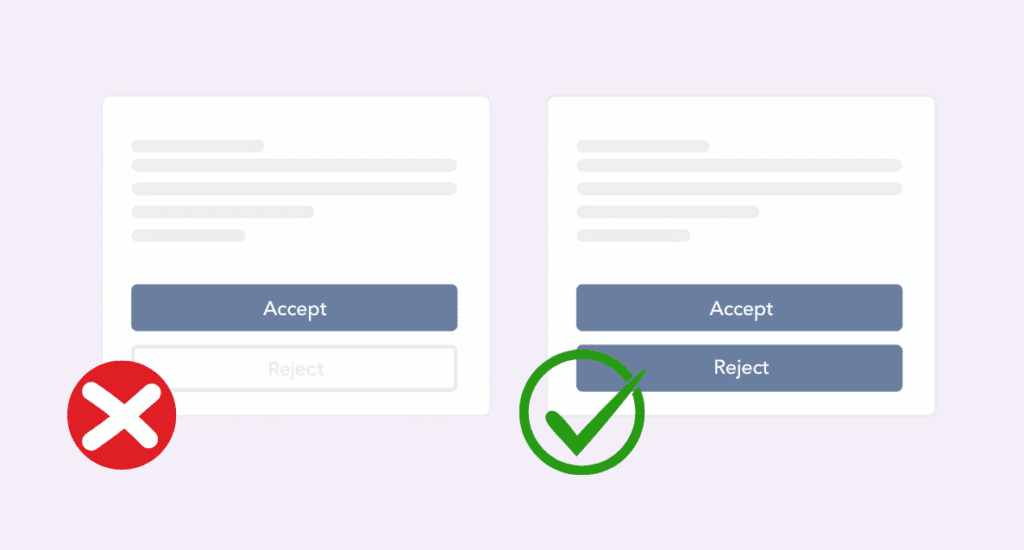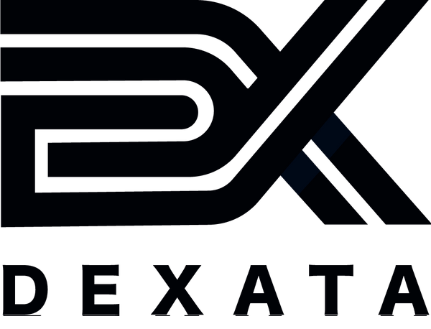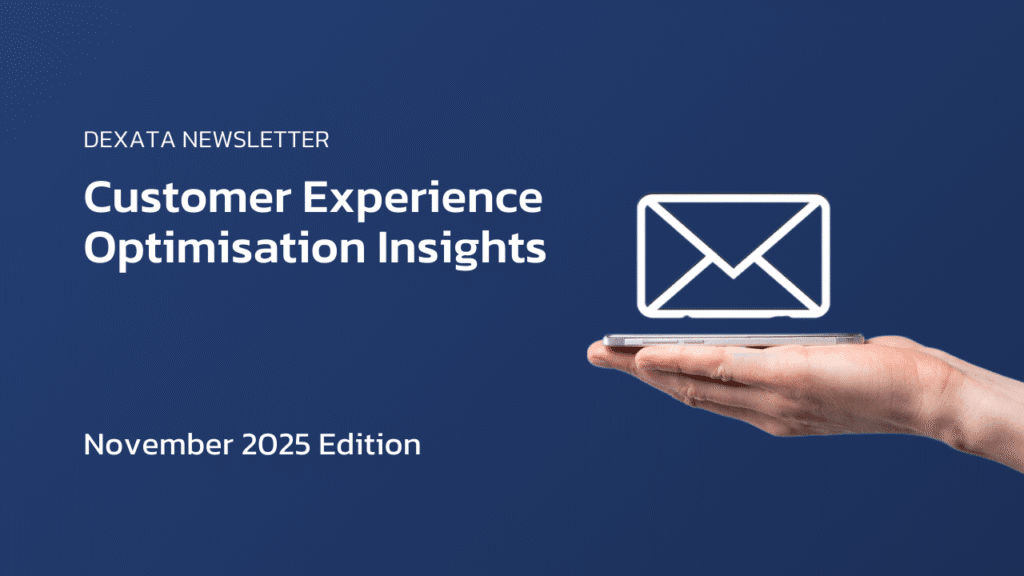
Cookie banners aren’t just a legal box to tick. They shape the data you collect.
Yet many businesses still lose out on valuable insights, conversions, and customer trust because their consent flows are poorly designed.
If your website collects data but your cookie banner hasn’t been optimised, chances are you’re missing a significant chunk of it, and possibly falling short on compliance, too.
We get it: cookie banners aren’t exactly thrilling. But they’re no longer just about ticking GDPR boxes or hoping users click “accept.” How you design and implement your banner directly impacts how much first-party data you capture, the accuracy of your analytics, the performance of your ads, and your exposure to regulatory risk.
Let’s break down what’s really at stake.
What Happens If You Don’t Optimise Your Cookie Banner?
You lose data.
When users don’t consent, your analytics tools, like Google Analytics 4 (GA4), Adobe Analytics, Amplitude, Meta Pixel, or visual behaviour platforms like VWO, Medallia, or Hotjas, legally cannot track them. That’s because modern consent frameworks block all non-essential scripts by default until permission is explicitly given.
In one case study, Simple Analytics and Usercentrics reported that implementing Google Consent Mode led to session counts dropping by up to 60% because tracking was withheld until user consent was granted. This dramatic drop was observed especially during the initial rollout, before Google’s behavioural modelling kicked in:
“After implementing Google Consent Mode, websites noticed that traffic and conversions in GA4 and Google Ads dropped significantly - up to 60% in some cases.”
Simple Analytics x Usercentrics Case Study
You fly blind.
Without that data, it’s impossible to measure attribution accurately. Conversion numbers skew, remarketing audiences shrink, and your ad spend starts underperforming because you’re optimising on incomplete signals.
You risk non-compliance.
You’re not just risking data loss. You’re also risking non-compliance, which can be expensive.
Under the General Data Protection Regulation (GDPR), businesses can face fines of up to €20 million or 4% of annual global turnover, whichever is higher, for serious breaches, including failures in how user consent is collected.
European regulators are actively enforcing this. The Belgian Data Protection Authority (DPA) ruled that cookie banners with an “Accept All” button but no clearly visible “Reject All” option are not compliant. In one notable case, the DPA fined IAB Europe €250,000 for violating GDPR principles in its consent framework (source).
Other regulators have issued similar warnings, particularly when banners use dark patterns, like hiding rejection options or nudging users toward acceptance with colour, placement, or confusing wording.
So this isn’t just about UX. It’s about playing by the rules. And ignoring them can cost you, in fines and in reputation.
You erode user trust.
Dark patterns and confusing interfaces turn people off. When users feel tricked into clicking “Accept,” they’re less likely to trust your brand, and more likely to bounce.
So if your cookie banner is an afterthought, the impact isn’t just legal, it’s commercial.
What the Research Says
The landmark 2019 study, Uninformed Consent: Studying GDPR Consent Notices in the Field (2019), examined real-world consent banners across EU websites. Key findings:
Only 11.8% of banners were minimally compliant.
Most used manipulative nudging tactics.
Users were more likely to consent when options were clearly presented – not hidden
Since then, more recent research from Usercentrics and CookieYes confirms this pattern: transparent, user-friendly consent banners dramatically improve consent rates and compliance. For example, Usercentrics found that clearly visible “Accept” and “Reject” buttons, straightforward language, and respecting user choices without coercion can boost opt-in rates by up to 30-40%.
These insights prove that cookie banner design isn’t just about ticking legal boxes. It’s a strategic opportunity to build trust, gather meaningful data, and avoid costly regulatory risks.
What GDPR Requires for Cookie Consent
GDPR (General Data Protection Regulation) mandates that:
-
Consent must be informed and specific
Users should know what cookies are being used and for what purposes. -
Consent must be freely given
Users can choose to accept or reject cookies — it cannot be forced or hidden. -
Consent must be unambiguous and affirmative
Users must actively opt in (e.g., clicking “Accept”). Pre-ticked boxes or implied consent don’t count. -
Users must be able to withdraw consent easily
At any time, users should be able to change their preferences.
What Actually Works: Proven Tactics That Drive Consent
By working closely with our clients and analysing dozens of cookie banner designs alongside industry research, we’ve identified effective strategies that consistently improve user consent rates.
1. Give Clear and Equal Choices
Banners with a visible “Reject All” button saw up to 20% more trust and longer on-site engagement (CookieYes study)
Hiding or burying the reject option led to higher bounce rates
Equal button styling – same colour, font size, and position, improved consent rates without tricking users (avoiding dark patterns).
Pro tip: If “Reject” is in a tiny grey font and “Accept” is big and blue, you’re nudging.
Such design practices conflict with privacy laws like the General Data Protection Regulation (GDPR) and the ePrivacy Directive, and can lead to your site being deemed non-compliant.

2. Keep it Short and Clear
The top-performing banners used plain language like:
“We use cookies to personalise content and ads, to provide social media features, and to analyse traffic.”
Wordy banners with legal jargon performed worse—even when they technically followed the rules
According to Usercentrics, shorter, clearer banners lifted consent rates by 12–15%, particularly on mobile devices.
3. Placement and Timing Matter
CookieYes reports that bottom bar banners outperform modals and sidebars, with opt-in rates as high as 76%
Banners that appear immediately (rather than delayed) perform better, especially when styled to feel part of the site
Pro Tip: Avoid full-screen popups unless your legal team says it’s necessary. They increase bounce rate and feel intrusive.
4. Test Button Labels and Colours
Every non-consenting user is missed data. But A/B testing lets you improve this for real
Here are some proven examples:
DHL tested layouts with OneTrust and boosted opt-ins by 40% with a left-aligned, full-text banner.
Changing a button label from “Got it” to “Accept All” increased consent rates by 18% (CookieYes).
- Using familiar colours (like blue for primary actions) improved interaction without eroding trust
The takeaway? Don’t leave it to chance. Test everything, optimise continuously, and let real user behaviour guide your banner strategy.
5. Let Users Dive Deeper (But Don’t Force It)
Give users a way to manage cookie settings in detail, via the cookie preference management modal, but don’t show 10 toggles right away.
According to Usercentrics, only 0.5–1% of users clicked into detailed settings
But having that layer available is critical for GDPR compliance and building trust with privacy-conscious users
The takeaway? Don’t leave it to chance – test everything, optimise continuously, and let real user behaviour guide your banner strategy.
6. Log Every Decision
Track and timestamp consent actions (and changes) for auditing. Use CMP tools like OneTrust, CookieYes or Usercentrics for secure data capture and tag management.
The Cost of Getting This Wrong
Here’s a table showing the consequences of a poorly optimised cookie banner and what it means for you and the bottom line.
| Consequence | What It Means for You |
|---|---|
| Data loss | You miss out on traffic, session, and conversion insights in GA4, Meta Ads, and more |
| Wasted ad spend | Without tracking, you can’t optimise or retarget properly |
| Compliance risk | You could face regulatory fines if banners are deceptive or incomplete |
| Eroded trust | Users bounce faster when banners feel pushy or dishonest |
It’s not about perfection. It’s about transparency, fairness, and smart UX.
Quick Optimisation Checklist
Use this as a health check for your current cookie banner:
| Feature | Best Practice |
|---|---|
| “Accept” and “Reject” | Clearly visible and equally styled |
| Language | Short, plain English—no legalese |
| Design | Mobile-friendly, unobtrusive, bottom bar preferred |
| Consent logging | Every choice logged and timestamped |
| Optional details | Granular settings accessible, not forced |
Final Word
A cookie banner isn’t a legal nuisance. It’s a powerful trust-building tool.
With clear design, fair choices, continuous testing, and transparent logging, you can:
Increase consent rates
Gather more meaningful data
Stay fully compliant
Earn long-term user trust
It’s time to shift your mindset: treat your cookie banner as a strategic asset, not a checkbox.
Need help optimising your consent flow, reviewing your banner strategy, or running A/B tests? Get in touch.
Boost Your Consent Rates
Need help optimising your consent flow, reviewing your banner strategy, or running A/B tests?




